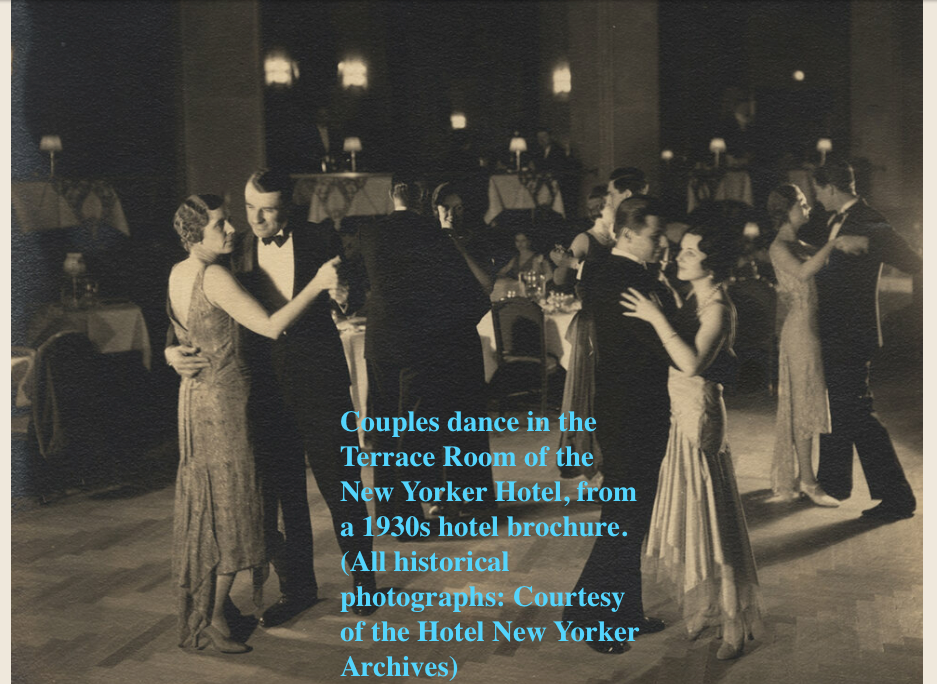
The New Yorker where Nikola Tesla lived
His room was 3327 and it was said he had another 3328 for his laboratory.
The basement was equipped with it's own power plant verified to have produced enough power for a small city!
Interesting considering the Tesla Towers and what Tesla was capable of?
You decide!
The hotel opened on January 2, 1930. Much like its contemporaries, the Empire State Building (1931) and the Chrysler Building (1930), the New Yorker was designed in the Art Deco style which was popular in the 1920s and 1930s.
In his book New York 1930 Robert A. M. Stern said the "New Yorker's virtually unornamented facades consisted of alternating vertical bands of warm gray brick and windows, yielding an impression of boldly modeled masses.
This was furthered by the deep-cut light courts, which produced a powerful play of light and shade that was enhanced by dramatic lighting at night". In addition to the ballrooms there were
- ten private dining "salons" and five restaurants employing 35 master cooks.
- There were twenty six murals painted in the hotel by Lajos "Louis" Jambor.
- The barber shop was one of the largest in the world with 42 chairs and 20 manicurists.
- There were 95 switchboard operators
- 150 laundry staff washing as many as 350,000 pieces daily
Throughout the 1940s and 1950s, the hotel was among New York's most fashionable. The New York Observer noted that in the building's heyday, "actors, celebrities, athletes, politicians, mobsters, the shady and the luminous—the entire Brooklyn Dodgers roster during the glory seasons—would stalk the bars and ballrooms.
According to AtlasObscura,
The New Yorker was the hotel of the traveling salesmen, pilots and aircrew on short layovers, tourists and GIs being shipped to the European Front. In other words, if the Waldorf-Astoria were a well-dressed woman in an elegantly feathered hat, the New Yorker would be a salesman in a crumpled suit, drinking a whiskey and soda.
Despite its slightly more humble nature, the New Yorker hotel is filled with untold secrets and forgotten stories—a beautiful Art Deco tunnel that ran from the lobby to Penn Station, still hidden underneath 34th Street; a vast private power plant that could have powered a small city; a gleaming forgotten bank vault underneath the lobby; an old dining room that came complete with a retractable ice floor, where diners could sip cocktails while watching a twirling glamorous dance show; and one of the world’s greatest inventors, Nikola Tesla, who died a virtual recluse after living alone in the hotel for over a decade.
Once New York’s largest hotel, its fortunes dipped with the neighborhood’s decline in the 1970s. It has been abandoned, was nearly used as a hospital and a homeless shelter, and actually used as a church. We will be looking at the fascinating, untold story of the New Yorker hotel, through the efforts of one of its longest serving employees, a man who has steadily collected an astonishing archive of some 4,000 artifacts. These old cocktail lists, dinner menus, hotel blueprints, photographs from the hotel’s own in-house magazine and printing press, and recordings from its private radio station all tell of the golden age of one of New York’s most photographed and iconic buildings.
When it was built, the New Yorker Hotel had coal-fired steam boilers and generators sufficient to produce more than 2,200 kilowatts of direct current electric power. At the time, this was the largest private power plant in the United States. The hotel's own direct current generators were still in use during the Northeast Blackout of 1965, but by the late 1960s the hotel's power system had been modernized to alternating current.
Which is interesting considering all the patents Tesla had!
https://nikolateslamuseum.org/en/patents/
Here are just a few of the hundreds of patents he had
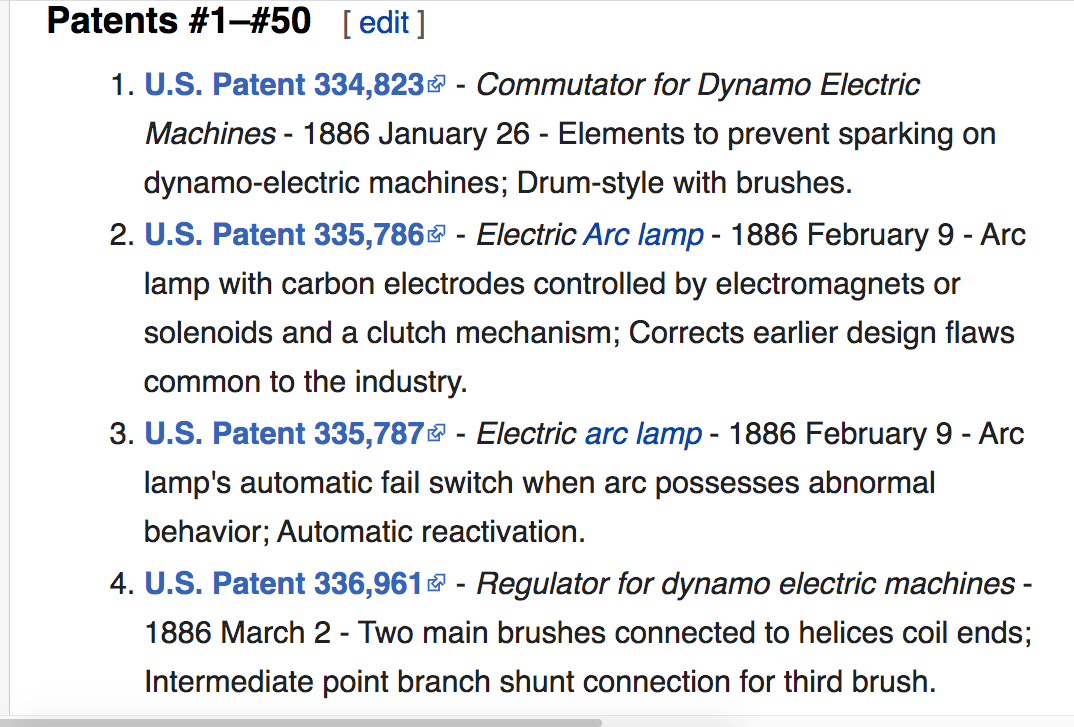
My contact at the New Yorker is Joseph Kinney, who for decades has worked as the hotel’s Senior Project Engineer, although his unpaid job as unofficial historian has been just as consuming.
When we met in the lobby of the hotel, he explained how the character of the establishment was always going to be defined by its location. Situated on a city block of Eighth Avenue between 34th and 35th Streets, adjacent to Penn Station, it was designed as a hotel for the travelers and workers coming into Manhattan from the station, from the Port Authority bus terminal a few blocks north, and from the west side docks.
When the New Yorker opened on January 2, 1930, it was designed as one of the largest, most sophisticated and technically advanced hotels in the world. Kinney showed me in the archives the original 1930s brochure, describing the new hotel as a “Vertical Village”, laying out why this was the queen of modern hotel living.
Its 43 stories resembled a self-contained town with 2,500 rooms. The kitchens were staffed by 135 chefs, 23 elevators raced upwards at 800 feet per minute, its own switchboard was manned by 95 phone operators, while nearly 80 feet underground, its own power plant, the largest in the United States, was big enough to generate power for a city of approximately 35,000 people. The New Yorker had a 50-chair barber salon. It proudly boasted not only a radio in every room, but a private radio station. In addition to providing in-room entertainment, the radio station broadcast big-band music from the Terrace Room live across America.
UPDATE 7.10.2023
Happy Birthday Nikola Tesla!
Born in 1856 there is a Great Deal your spirit never missed!
Fun Facts about Nikola,
Happy Birthday Nikola Tesla!
Born in 1856 there is a Great Deal your spirit never missed!
Fun Facts about Nikola,
Born and raised in the Austrian Empire, Tesla studied engineering and physics in the 1870s without receiving a degree
born an ethnic Serb in the village of Smiljan,within the Military Frontier, in the Austrian Empire (present day Croatia~
borders Slovenia to the northwest. [Melania Trump born in Slovenia!]Tesla's mother, Đuka Mandić (1822–1892), had a talent for making home craft tools and mechanical appliances and the ability to memorize Serbian epic poems.
Đuka had never received a formal education. Tesla credited his eidetic memory and creative abilities to his mother's genetics and influence.
Serbian epic poetry helped in developing the Serbian national consciousness.
The cycles of Prince Marko, the Hajduks and Uskoks inspired the Serbs to restore freedom and their heroic past.
The Hajduks in particular, are seen as an integral part of national identity.
In stories, the Hajduks were heroes: they had played the role of the Serbian elite during Ottoman rule, they had defended the Serbs against Ottoman oppression, and prepared for the national liberation and contributed to it in the Serbian Revolution.
A hajduk (Hungarian: hajdúk, plural of hajdú) is a type of irregular infantry found in Central, Eastern, and parts of Southeast Europe from the late 16th to mid 19th centuries. They have reputations ranging from bandits to freedom fighters depending on time, place, and their enemies.
In the European lands of the Ottoman Empire, the term hajduk was used to describe bandits and brigands of the Balkans, while in Central Europe for the West Slavs, Hungarians, and Germans, and Eastern Europe for the Ukrainians, it was used to refer to outlaws who protected Christians against provocative actions by the Ottomans.
They targeted Ottoman representatives and rich people, mainly rich Turks, for plunder or punishment to oppressive Ottomans, or revenge or a combination of all.
In Balkan folkloric tradition, the hajduk (hajduci or haiduci in the plural) is a romanticised hero figure who steals from, and leads his fighters into battle against, the Ottoman authorities.
They are comparable to the English legendary Robin Hood and his merry men, who stole from the rich (who as in the case of the haiduci happened to also be foreign occupiers) and gave to the poor, while defying seemingly unjust laws and authority.Tesla was the fourth of five children.
He had three sisters, Milka, Angelina, and Marica, and an older brother named Dane, who was killed in a horse riding accident when Tesla was aged five.
After graduating Tesla returned to Smiljan but soon contracted cholera, was bedridden for nine months and was near death multiple times. In a moment of despair, Tesla's father (who had originally wanted him to enter the priesthood),promised to send him to the best engineering school if he recovered from the illness.
The next year Tesla evaded conscription into the Austro-Hungarian Army in Smiljan by running away southeast of Lika to Tomingaj, near Gračac.
There he explored the mountains wearing hunter's garb.
Tesla said that this contact with nature made him stronger, both physically and mentally.
He read many books while in Tomingaj and later said that Mark Twain's works had helped him to miraculously recover from his earlier illness.
He enrolled at the Imperial-Royal Technical College in Graz in 1875 on a Military Frontier scholarship. In his autobiography Tesla said he worked hard and earned the highest grades possible, passed nine exams [better source needed] (nearly twice as many as required and received a letter of commendation from the dean of the technical faculty to his father, which stated,
"Your son is a star of first rank."
At Graz, Tesla noted his fascination with the detailed lectures on electricity presented by Professor Jakob Pöschl and described how he made suggestions on improving the design of an electric motor the professor was demonstrating.
But by his third year he was failing in school and never graduated, leaving Graz in December 1878.
Tesla's family did not hear from him after he left school.There was a rumor amongst his classmates that he had drowned in the nearby river Mur but in January one of them ran into Tesla in the town of Maribor across the border in Slovenia and reported that encounter to Tesla's family
It turned out Tesla had been working there as a draftsman for 60 florins per month. [florin is a former British coin of gold or silver worth about 2 shillings].
In March 1879, Milutin finally located his son and tried to convince him to return home and take up his education in Prague.
Tesla returned to Gospić later that month when he was deported for not having a residence permit.
Tesla's father died the next month, on 17 April 1879, at the age of 60 after an unspecified illness.
During the rest of the year Tesla taught a large class of students in his old school in Gospić.
In January 1880, two of Tesla's uncles put together enough money to help him leave Gospić for Prague, where he was to study. He arrived too late to enroll at Charles-Ferdinand University.
He had never studied Greek, a required subject; and he was illiterate in Czech, another required subject.
Tesla did, however, attend lectures in philosophy at the university as an auditor but he did not receive grades for the courses.
Tesla moved to Budapest, Hungary, in 1881 to work under Tivadar Puskás at a telegraph company, the Budapest Telephone Exchange. Upon arrival, Tesla realized that the company, then under construction, was not functional, so he worked as a draftsman in the Central Telegraph Office instead.
Within a few months, the Budapest Telephone Exchange became functional, and Tesla was allocated the chief electrician position.
During his employment, Tesla made many improvements to the Central Station equipment and claimed to have perfected a telephone repeater or amplifier, which was never patented nor publicly described.
In 1882, Tivadar Puskás got Tesla another job in Paris with the Continental Edison Company.
Tesla began working in what was then a brand new industry, installing indoor incandescent lighting citywide in large scale electric power utility.
The company had several subdivisions and Tesla worked at the Société Electrique Edison, the division in the Ivry-sur-Seine suburb of Paris in charge of installing the lighting system.
There he gained a great deal of practical experience in electrical engineering.
Management took notice of his advanced knowledge in engineering and physics and soon had him designing and building improved versions of generating dynamos and motors.
They also sent him on to troubleshoot engineering problems at other Edison utilities being built around France and in Germany.
In 1884, Edison manager Charles Batchelor, who had been overseeing the Paris installation, was brought back to the United States to manage the Edison Machine Works, a manufacturing division situated in New York City, and asked that Tesla be brought to the United States as well.
In June 1884, Tesla emigrated and began working almost immediately at the Machine Works on Manhattan's Lower East Side, an overcrowded shop with a workforce of several hundred machinists, laborers, managing staff, and 20 "field engineers" struggling with the task of building the large electric utility in that city.
As in Paris, Tesla was working on troubleshooting installations and improving generators.
Historian W. Bernard Carlson notes Tesla may have met company founder Thomas Edison only a couple of times.
One of those times was noted in Tesla's autobiography where, after staying up all night repairing the damaged dynamos on the ocean liner SS Oregon, he ran into Batchelor and Edison, who made a quip about their "Parisian" being out all night.
After Tesla told them he had been up all night fixing the Oregon, Edison commented to Batchelor that "this is a damned good man".
One of the projects given to Tesla was to develop an arc lamp-based street lighting system.
Arc lighting was the most popular type of street lighting but it required high voltages and was incompatible with the Edison low-voltage incandescent system, causing the company to lose contracts in some cities.
Tesla's designs were never put into production, possibly because of technical improvements in incandescent street lighting or because of an installation deal that Edison made with an arc lighting company.
Tesla had been working at the Machine Works for a total of six months when he quit.
What event precipitated his leaving is unclear. It may have been over a bonus he did not receive, either for redesigning generators or for the arc lighting system that was shelved.
Tesla had previous run-ins with the Edison company over unpaid bonuses he believed he had earned.
Tesla's diary contains just one comment on what happened at the end of his employment, a note he scrawled across the two pages covering 7 December 1884, to 4 January 1885, saying "Goodbye to the Edison Machine Works".
Soon after leaving the Edison company, Tesla was working on patenting an arc lighting system,[58] possibly the same one he had developed at Edison.
In March 1885, he met with patent attorney Lemuel W. Serrell, the same attorney used by Edison, to obtain help with submitting the patents.
Serrell introduced Tesla to two businessmen, Robert Lane and Benjamin Vail, who agreed to finance an arc lighting manufacturing and utility company in Tesla's name, the Tesla Electric Light and Manufacturing Company.
Tesla worked for the rest of the year obtaining the patents that included an improved DC generator, the first patents issued to Tesla in the US, and building and installing the system in Rahway, New Jersey.
Tesla's new system gained notice in the technical press, which commented on its advanced features.
The investors showed little interest in Tesla's ideas for new types of alternating current motors and electrical transmission equipment.
After the utility was up and running in 1886, they decided that the manufacturing side of the business was too competitive and opted to simply run an electric utility.
They formed a new utility company, abandoning Tesla's company and leaving the inventor penniless.
Tesla even lost control of the patents he had generated, since he had assigned them to the company in exchange for stock.
He had to work at various electrical repair jobs and as a ditch digger for $2 per day. Later in life Tesla recounted that part of 1886 as a time of hardship, writing "My high education in various branches of science, mechanics and literature seemed to me like a mockery".
In spite of all of these hardships, for years Nikola gifted humanity on his birthday with new technology.
Thank you to all who like #NikolaTesla continue to #FightTheGoodFight and everything you do, you do for~
God, Family, Country and truly all of humanity in an effort to bring them out of the Darkness and into the Light!
#Godspeed!
#Tesla,
#everythingidoisforyou
The following is a great listen!
Those Serbian Epic Poems based on true history and Robin Hood characters! Very Interesting concerning the #republicreborn
Find more connections like Melania Trump's history in comments below of this post on my page!
Link found here,
https://www.facebook.com/melissa.mcgarity.14/posts/pfbid022qE31jbbZTKomZWpSdAwAMM4dXgQ84PoLzR2Q6CSA339Gn5GZpoyU3z8zDJ7yaqFl
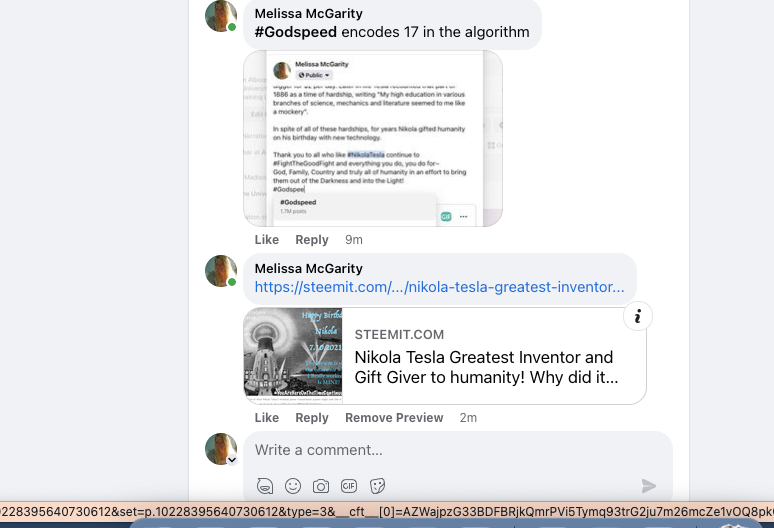

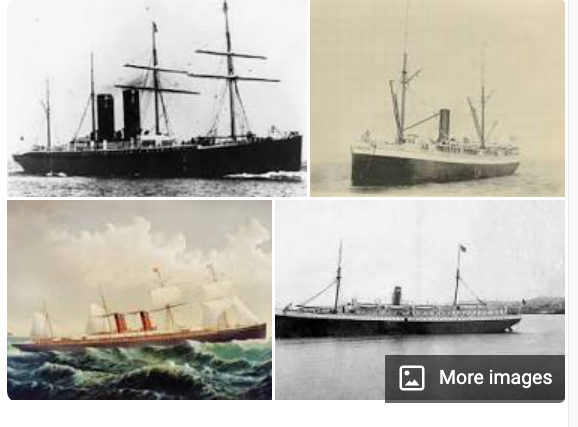
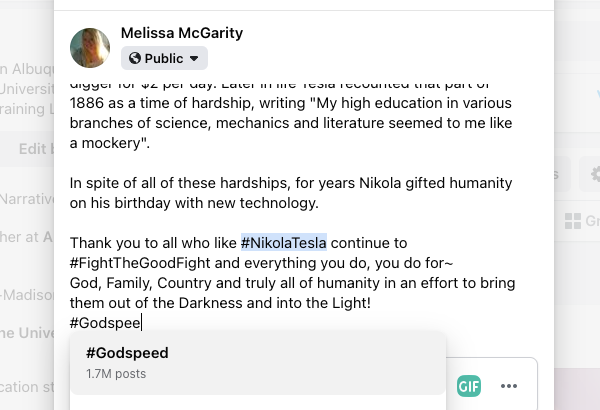
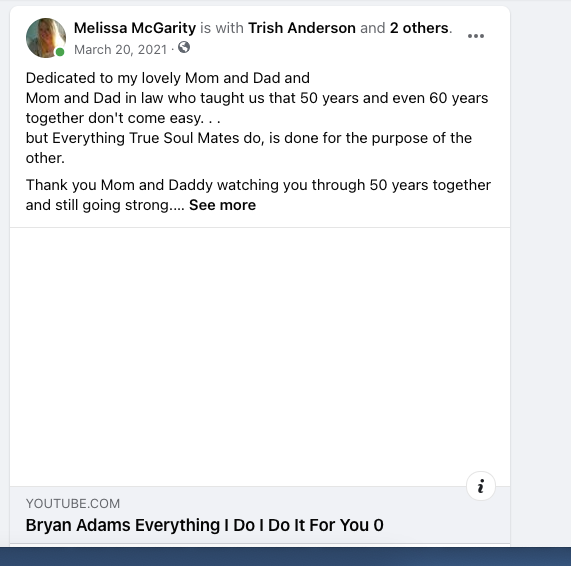

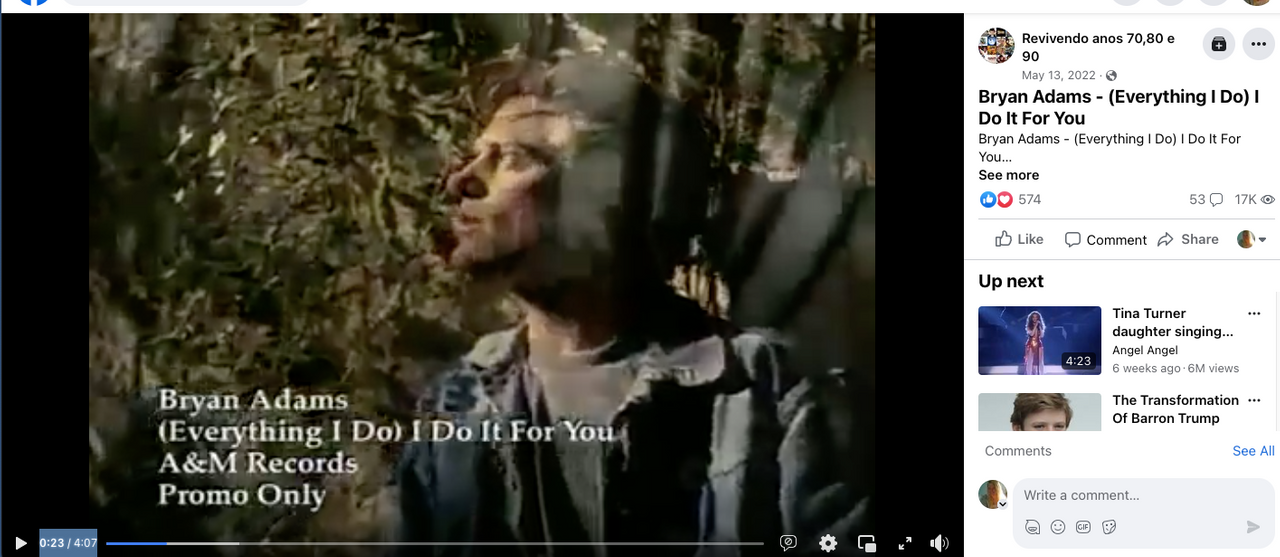
Video on the linked video and connecting possible Mandela Effect found here,
NIKOLA TESLA AND ROBIN HOOD ROOTS? HOW ABOUT THAT MANDELA EFFECT WITH THE BRYAN ADAMS SONG?


Do you remember the Power outage found in here?
WHEN EARTH RANG LIKE A BELL INITIATING OFF MAYOTTE COAST ON 11.11.2018. BRITTANY SPEARS ABUSIVE?
You can skim here,
@artistiquejewels/remember-when-earth-rang-like-a-bell-for-20-minutes-on-11-11-2018-as-the-seismic-wave-traveled-it-was-picked-up-11-000-miles
See replies here for some interesting possible parallels!
UPDATE:
6.5.2024
@artistiquejewels/trump-as-a-time-traveler-what-was-the-verse-in-the-bible-speaking-about-when-it-said-the-last-trump-check-it-out
Sources
https://untappedcities.com/2016/01/26/step-inside-nikola-teslas-hotel-room-at-the-new-yorker-in-3d/
Besides is various tunneling systems there is also a known, verified and reported cave under New York as seen inside of here about 1/3 of the way down.
@artistiquejewels/send-in-the-rescue-covid-19-update-military-training-underground-usd36-million-from-us-attorney-to-fight-human-trafficking
Find more information here,
@artistiquejewels/nikola-tesla-who-was-he-really-and-what-else-did-he-do-the-physics-of-it-all
